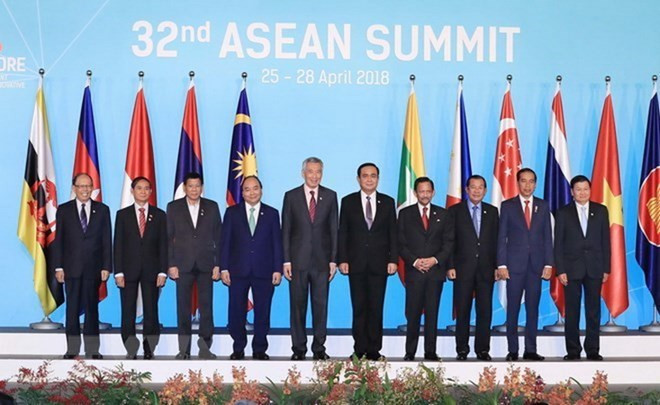Amidimproving intra-regional flows to offset global trade slowdown, ASEAN economiescould partly offset any trade downturns if supply chain diversion to SoutheastAsia materialises, but increasing the ease in which goods and services flowacross ASEAN will make the transition more widespread, it said.
However, moreneeds to be done to smooth the flow of goods and services across the bloc. Thisincludes rolling out the ASEAN one-stop shop mechanism to all ASEAN countries,standardising the cost and time of customs clearance across Southeast Asia andenabling more free movement of professionals across the region.
On the otherhand, foreign direct investment into Southeast Asia has softened post-globalfinancial crisis, but more need to be directed to countries like Thailand,Indonesia or the Philippines where supply chains are expected to grow infuture.
The levers toattract investment to ASEAN more widely are clear, including reasonableproduction costs, stable institutions, improved technological innovation,lowering tariffs and import barriers for production inputs, and better labourskills.
Improving digitalconnectivity, and investment into ASEAN’s digital space to support its burgeoningconsumer base, could be another game-changer – both to shore up regional supplychain potential and to increase the gravitational pull for multi-nationals andcompanies.
The biggest challengefor ASEAN is believed to come in the form of natural events rather than man-madeones as Southeast Asia is one of the most natural disaster-prone regions in theworld. This has only been exacerbated by climate change in recent years.Weather aside, urbanisation will mean that by 2030, more than 100 millionpeople in the region will migrate to urban areas, thus placing massive strainson resources such as food, health, and infrastructure.
Areas of focus todrive a more sustainable ASEAN include developing regional incentive frameworksand standards such as subsidies on the legal and banking advisory costs linkedto generating green loans and bonds which will increase the cost effectivenessand, therefore, attractiveness of these financial instruments forcorporates.
At the same time,it is necessary to embark on the ASEAN Smart Cities Network, and push for transparentinfrastructure projects that will generate sustainable debts.
Continuedintegration of the region is described as crucial in the face of 2019’schallenging global backdrop. Businesses are crying out for tangible developmentsthat will smooth intra-regional trade, encourage international investment andcreate a sustainable future. So achieving more reform, integration and opennessin 2019 will help the region both capitalise and shield itself from globalevents that are likely to play out over the coming years, the report said.-VNA




























